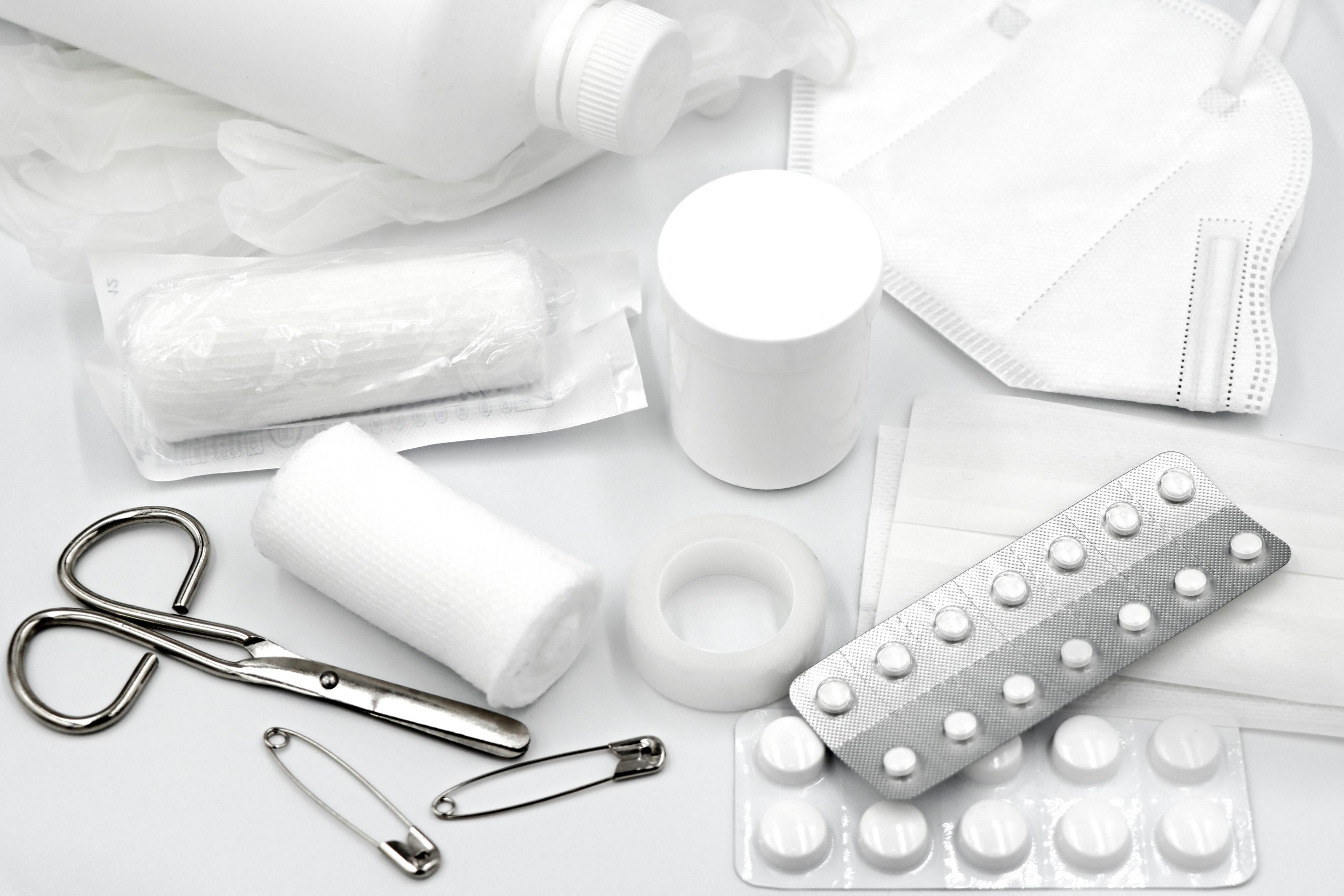The term “stockpiling” often brings back memories of the early 2020s, with empty shelves where toilet paper and hand sanitizer used to be. In 2025, however, the reasons for stocking up have evolved. While the pandemic created a public health-driven rush, today’s stockpiling is motivated by a combination of persistent inflation, looming tariff concerns, specific supply chain warnings, and a general sense of economic uncertainty. Americans are becoming more strategic, focusing on items they believe will rise in price or become scarce. This “smart stockpiling” is a reaction to a volatile global landscape. Here are eight things Americans are stockpiling again in 2025.

Image Source: pexels.com
1. Non-Perishable Foods
This is the foundation of any stockpiling effort, but the focus in 2025 is on high-utility, long-lasting staples. With food prices having jumped significantly over the past few years, consumers are buying ahead to lock in current prices. Items like rice, dried beans, pasta, and oats are top priorities. These foods are not only affordable but can last for years when stored properly, providing a hedge against future inflation.
2. Canned Goods (Fish, Meat, and Vegetables)
Alongside dried goods, canned items are seeing a surge in bulk buying. Canned fish like tuna and salmon, canned chicken, and various vegetables offer long-term shelf stability and are versatile for meal preparation. Consumers see these as a way to secure protein and essential nutrients at today’s prices, fearing that ongoing supply chain issues and climate-related agricultural challenges could drive costs up further.
3. Water and Water Filters
Concerns over aging infrastructure and the potential for natural disasters or other emergencies have kept bottled water and water filtration systems high on the list. Many households are maintaining or expanding their emergency water supplies. High-quality water filters, from pitcher-style to more robust systems, are also popular, seen as a long-term solution for ensuring access to safe drinking water regardless of external circumstances.
4. Shelf-Stable Milk and Powdered Milk
Dairy prices are notoriously volatile. To combat this, many families are stocking up on shelf-stable alternatives. UHT (ultra-high temperature) milk, which can be stored in the pantry for months, and powdered milk are being purchased in larger quantities. These products ensure that a basic staple for cereal, cooking, and coffee is always on hand without relying on frequent, and increasingly expensive, trips to the grocery store.
5. Over-the-Counter Medications and First-Aid Supplies

Image Source: pexels.com
Lessons learned from previous supply chain disruptions have made many Americans proactive about their health supplies. People are maintaining a healthy stock of common pain relievers, cold and flu remedies, allergy medications, and basic first-aid items like bandages and antiseptics. The goal is to avoid being caught empty-handed during seasonal illnesses or minor emergencies, especially if shortages were to recur.
6. Batteries and Power Banks
With an increasing reliance on electronic devices and growing concerns about the stability of power grids due to extreme weather, energy-related supplies are a key focus. Consumers are stockpiling batteries of all common sizes (AA, AAA). Additionally, rechargeable power banks and larger solar generators are becoming more common, providing a way to keep phones and other small devices charged during an outage.
7. Seeds and Gardening Supplies
A growing trend toward self-sufficiency has fueled the stockpiling of garden seeds. Many people are looking to supplement their food supply by growing their own vegetables. Packets of non-hybrid, heirloom seeds that can be harvested for future planting are particularly popular. This reflects a long-term strategy to build food resilience at home in the face of rising grocery costs.
8. Coffee and Olive Oil
Certain products have been flagged for potential future shortages and price hikes due to climate change and crop diseases. Coffee and olive oil are two of the most prominent examples. Reports of poor harvests in key growing regions have led savvy consumers who can’t live without their morning cup or favorite cooking fat to buy a few extra bottles or bags to store, anticipating significant price increases in the coming months.
The stockpiling trends of 2025 are less about panic and more about pragmatism. Faced with economic headwinds and an unpredictable global supply chain, many Americans are taking calculated steps to ensure their household’s stability and security. By focusing on essential goods and items with volatile prices, they are trying to build a buffer against whatever economic or environmental challenges may lie ahead, turning their pantries into a form of personal insurance.
Have you found yourself stocking up on any particular items in 2025? What are your biggest concerns regarding prices and supply chains? Share your thoughts on this trend.
Read More
7 Grocery Items That Are No Longer Safe to Stockpile Long-Term

